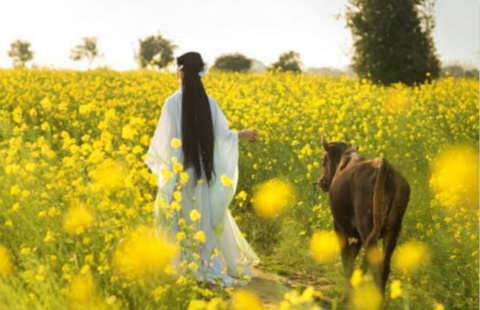China strives to meet air quality standard deadline
(Xinhua) Updated: 2012-10-11 19:10NANJING - China has been racing to meet the objectives set in its revised air quality standards, including promoting the use of an index for PM2.5, or fine particulate matter 2.5 microns or less in diameter.
A total of 138 monitoring stations in 74 cities across the country have begun publishing data on air quality, said Wu Xiaoqing, vice minister of the Ministry of Environmental Protection, said at a Thursday conference.
Another 195 monitoring stations have started trial runs, according to the ministry.
An air quality monitoring network made up of 35 PM2.5 monitoring stations went into full operation Saturday in Beijing. The network, along with monitoring stations in Shanghai and the provinces of Jiangsu and Guangdong will release air quality data online.
The State Council, or China's Cabinet, passed revised air quality standards in late February that included indices for ozone and PM2.5.
PM10 was previously used as part of the country's air quality standards before being replaced by the PM2.5 index, which measures finer particles that are considered more hazardous to health than larger ones.
The government decided to monitor PM2.5 in four municipalities, 27 provincial capitals, as well as three key regions -- east China's Yangtze River Delta, south China's Pearl River Delta and the northern Beijing-Tianjin-Hebei area.
Some 519 million yuan (about $82.6 million) has been spent to fund the establishment of the monitoring networks, Wu said.
Positive progress had been made in the implementation of the new standards, Wu said, adding that imbalanced development and inadequate technological preparation still pose problems for implementing the standards.
The ministry will set up supervision teams to inspect the implementation of the new standards and ensure that all 496 monitoring stations will be running by the end of this year, according to the official.
Wu urged local authorities to use multiple channels, including television and the Internet, to publish air quality data.
The MEP will examine the quality of the data that is affected by the new standards next year.
For its next step, China plans to establish a national air quality monitoring network by the end of the 12th Five-Year Plan (2011-2015) period, according to the ministry.
In 2013, monitoring will be extended to 113 cities, with all cities at the prefectural level or above to implement monitoring in 2015.
The government has set up 14 air quality background monitoring stations nationwide. Another station in Xisha Islands in the South China Sea is under construction.
Additionally, a total of 31 stations have been set up to monitor rural areas.
"While promoting the new standards, we must recognize that PM2.5 is just one of multiple indices," said Zhao Yingmin, director of the MEP's science, technology and standards department.
Zhao said attention should also be paid to the monitoring of other indices.
According to Zhao, the MEP is also working on related standards regarding monitoring and evaluating techniques in order to enhance air quality monitoring.
- China-Myanmar ties at new 'starting point', says foreign minister
- Internet users hoping to catch glimpse of mating pandas
- Beijing announces decision to restrict trade with Pyongyang
- First microgravity satellite sent into orbit from Gansu
- Xinjiang launches huge project to help rural students
- Collector pays $34.8m for painter's late artwork
- President Xi plants trees, urges forestry development
- Activists want dog festival taken off the menu
- 'Exotic names' will soon vanish
- Chinese 'parachute kids' flock to US








